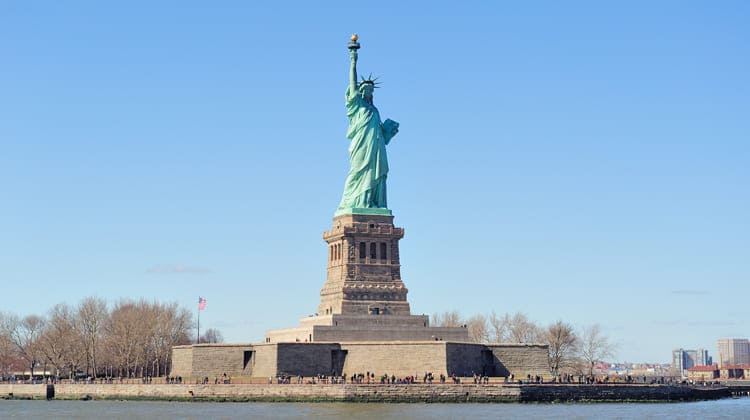Studying in the United States can be a rewarding and enriching experience. The US is home to many prestigious universities, renowned for their quality of education and cutting-edge research.
Some of the benefits of studying in the US include:
- A diverse and welcoming community: The US is known for its diversity and inclusivity, and studying there can be a great opportunity to meet people from different backgrounds and cultures.
- Quality education: US universities are well-known for their high standards of education and are consistently ranked among the best in the world.
- Career opportunities: Studying in the US can open up many career opportunities, as many employers value a US education and the skills and knowledge gained there.
- Research opportunities: US universities are at the forefront of research and innovation, providing students with access to cutting-edge technology and resources.
- Personal growth: Studying abroad can be a transformative experience, helping students gain new perspectives, develop independence, and enhance their personal and professional skills.


